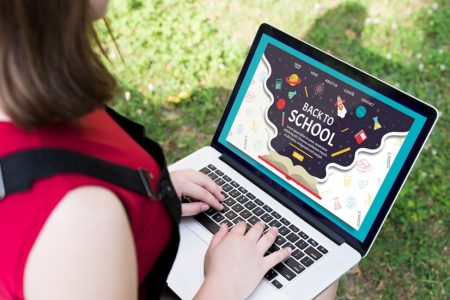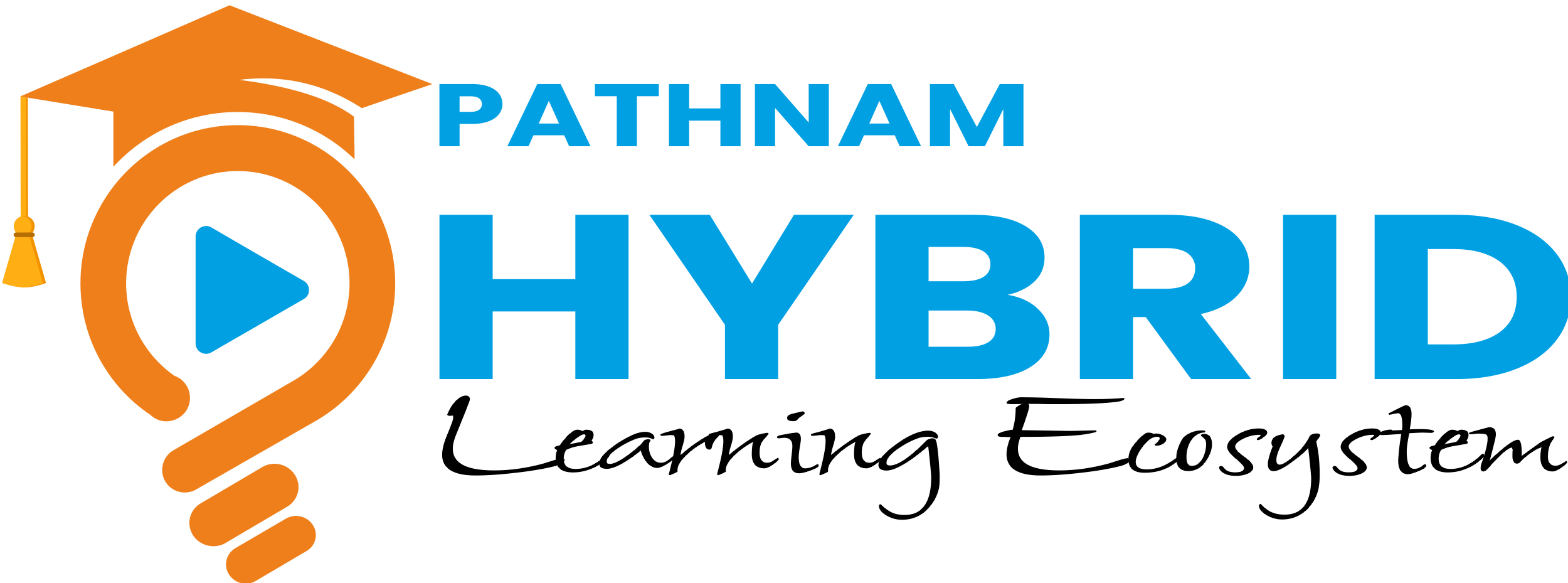
National Education Policy 2020 (NEP2020)
Online and Digital Education: 24.4(i)- The Blended Learning
24.4(i) of NEP2020 emphasizes upon imminent need of blended learning model: Face-to-face learning now with digital learning

Key points
- While promoting digital learning and education, the importance of face-to-face in-person learning is fully recognized.
- Accordingly, different effective models of blended learning will be identified for appropriate replication for different subjects.
Traditional learning, also known as classroom instruction, has been the standard approach to education for centuries, and it’s long overdue for a disruptive change. One of the most significant advantages of traditional learning is face-to-face interaction with teachers and peers, which can enhance learning and provide valuable socialization opportunities. Additionally, traditional learning can provide a predictable environment that some students may find more comfortable and conducive to learning.
One of the main advantages of blended learning is flexibility. Students can complete coursework online at their own pace, which can be especially helpful for those with busy schedules or other commitments, like drawing or karate class at home. Additionally, blended learning can provide a more personalized learning experience, and students can have their own learning style suited to their personality. Also, students can receive individualized attention from teachers both in person and online.
Finally, especially in the long run, blended learning can be more cost-effective than traditional classroom instruction, as it reduces the need for physical classroom space and resources.
Blended learning, also known as Hybrid learning, is becoming increasingly popular in education worldwide. This approach combines traditional classroom instruction with online learning, offering a range of benefits for everyone in the students’ learning ecosystem; students, teachers, parents, and the school.
The goal of hybrid learning is to provide a more flexible and personalized learning experience that meets the needs of individual students.
Pathnam- a unique blended learning platform, extends the traditional mode of classroom offline learning beyond the school and classroom boundaries in an online learning mode for home studies.
It further evolves the model with additional unique value propositions for learning enhancements for increased learning outcomes.
